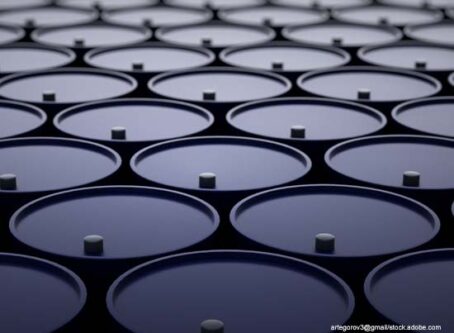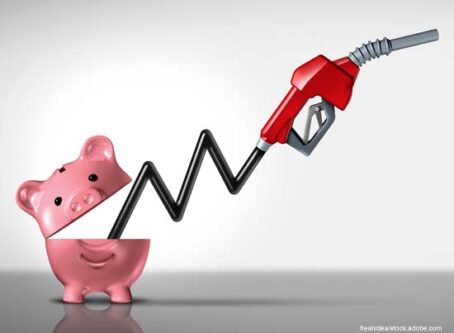Fuel prices may spike in wake of Saudi Arabia attack
Two days after a drone attack struck oil plants in Saudi Arabia, shutting down production by half, oil prices skyrocketed at a record rate. Consequently, this could lead to a spike in fuel prices, experts say.
On Saturday, Sept. 14, two oil fields owned by Saudi Aramco in Khurais and Abqaiq were attacked. According to Saudi Arabia’s Minister of Energy, the explosions resulted in interrupted production of 5.7 million barrels. That accounts for approximately half of the company’s production.
The second-largest producer of oil next to the United States, Saudi Arabia accounts for nearly 15% of the world’s oil production with 12 million barrels per day, according to the U.S. Energy Information Administration. With the country controlling a large share of the energy market, investors reacted quickly to the news.
As of 1:30 p.m. Eastern, Brent crude oil, the international oil benchmark, was trading at $69.46, a 15% increase from the previous trading session. At one point, Brent oil was up nearly 20% at $71.95, the largest intraday increase ever recorded.
WTI oil, the benchmark for U.S. prices, was up more than $6, an increase of nearly 12%.
With such a sudden increase in oil prices, should consumers be concerned about a similar increase in gasoline and diesel prices?
According to Tom Kloza, global head of energy analysis at Oil Price Information Services, the short answer is yes. In an email to Land Line, Kloza said motorists may see an immediate 15 cents per galling increase across all fuel prices, including gasoline, diesel, jet fuel and heating oil.
Goldman Sachs said in a note on Sunday that if outages of 4 million barrels a day last more than six weeks in Saudi Arabia, Brent prices can quickly soar above $75. That would be worst-case scenario.
A short outage of about a week could increase oil prices by $3 to $5, the report notes. If the outage were to last two to six weeks, prices can rise as much as $14 per barrel.
As of Monday afternoon, there was no indication how long the outage could last. In addition, Saudi Aramco had made no further official announcement regarding production assessments.
In a Twitter post on Sunday, Secretary of State Mike Pompeo blamed Iran for the attack.
We call on all nations to publicly and unequivocally condemn Iran’s attacks. The United States will work with our partners and allies to ensure that energy markets remain well supplied and Iran is held accountable for its aggression
— Secretary Pompeo (@SecPompeo) September 14, 2019
President Donald Trump announced he has authorized the release of oil from the nation’s strategic oil reserves.
Trump also tweeted that the U.S. is “locked and loaded” and awaiting word from Saudi Arabia before proceeding.
….sufficient to keep the markets well-supplied. I have also informed all appropriate agencies to expedite approvals of the oil pipelines currently in the permitting process in Texas and various other States.
— Donald J. Trump (@realDonaldTrump) September 15, 2019
Saudi Arabia oil supply was attacked. There is reason to believe that we know the culprit, are locked and loaded depending on verification, but are waiting to hear from the Kingdom as to who they believe was the cause of this attack, and under what terms we would proceed!
— Donald J. Trump (@realDonaldTrump) September 15, 2019
If the U.S. or Saudi Arabia attacks Iran, it could escalate the rapid increase of oil prices, Kloza said. Essentially, the fate of oil prices – and consequently, gas and diesel prices – lies in the hands of geopolitical moves in the coming days and how fast Saudi Aramco can get production back to full capacity.
“This is a very, very serious event and it has immediately restored a geopolitical premium that is measured in $5s and $10s rather than single dollars,” Kloza said.









